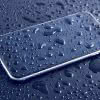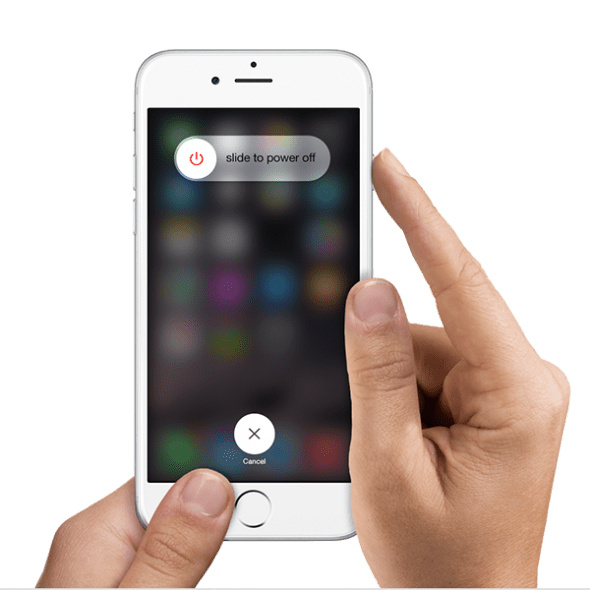iPhone Fell Into Water? 3 Steps Against Water Damage
 Electronics and water do not mix well. That goes for iPhones, too. This guide will prepare you for the worst case scenario, or help you to provide first aid if your iPhone fell in water or your iPhone got wet.
Electronics and water do not mix well. That goes for iPhones, too. This guide will prepare you for the worst case scenario, or help you to provide first aid if your iPhone fell in water or your iPhone got wet.
Contents
Many non-technical people are clueless when it comes to what to do when an iPhone gets wet. Here’s what you can do for damage control and damage reduction when the wet element and your favorite gadget get into an unfortunate meeting.
If you aren’t sure if your iPhone has suffered from water damage, just follow our guide to check your iPhone for water damage.
Turn off iPhone immediately
The first and most important step is to turn off your iPhone as soon as it made contact with water. This makes sure that the electrical current coming from your battery does not fry any components.
Shake off or wipe off the majority of water as fast as you can, then press and hold the Sleep/Wake button located either at the top of the device (iPhone 5s, iPhone SE and earlier) or at the side of the device (iPhone 6 and later) until the Shutdown Slider appears. Then slide across to initiate the shutdown.
If you are not sure how to shut off your iPhone, check our guide on how to force your iPhone to shut down.
Your iPhone might have switched itself off automatically after full immersion. This is a fail-safe mechanism and prevents short circuiting. In this case, please do not attempt to turn it back on until you follow the rest of the guide, simply leave it deactivated. Otherwise you might cause further electrical damage to the unit.

Place iPhone in container with rice or desiccant

Your best bet is actually rice. Place the deactivated iPhone in a closed, possibly airtight container filled with dry rice. The rice will absorb a large portion of the moisture contained within the iPhone. The outcome can be improved by making sure that the outside of your iPhone is as dry as possible before placing it in the rice-filled container.
If you happen to have any of those silica gel bags that come with all sorts of products, put them to good use by either adding them to the rice container or using them as an alternative to rice. They do exactly the kind of thing we need here: They absorb moisture, too.
Hint: Refrain from experiments incorporating hot air, such as blow-drying the iPhone, or other forms of heat. This can and probably will damage some of the sensitive electronics of your phone.
Wait and wait again
A few hours have passed and you are wondering whether it’s okay to switch on the iPhone. Nope, not yet. Allow it to dry within the rice-/desiccant-filled container for at least two to three days. There isn’t really a way to accelerate the process, but you can improve the efficacy of your rescue attempt by swapping out the rice daily. This will make sure, that there is always enough super dry material for the moisture to be locked into.
After waiting a couple of days, you may try to turn on your iPhone again by pressing and holding the Sleep/Wake Button as you would usually do. If it boots up without glitching or locking up, congratulations! If it doesn’t, you might need to visit a repair shop or send in the unit for a paid repair procedure at Apple.
Waterproof iPhones
The new iPhone models are at least waterproof with IPX67, this means they are considered water resistent for 30 minutes in 1 meter/3 feet deep water. The question of the iPhone 7 is waterproof can therefore be answered with “Almost”. iPhone 7, iPhone 7 Plus, iPhone 8, iPhone 8 Plus and iPhone X are officially waterresistent. Tests revealed that iPhone SE and iPhone 6s were running fine even after staying underwater for an hour. The new models are thus not as susceptible to waterdamage.
You wonder if your iPhone is waterproof? In another article we will tell you everything you need to know!